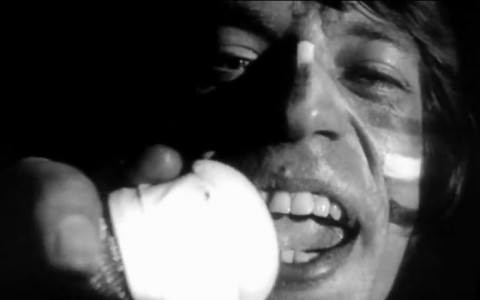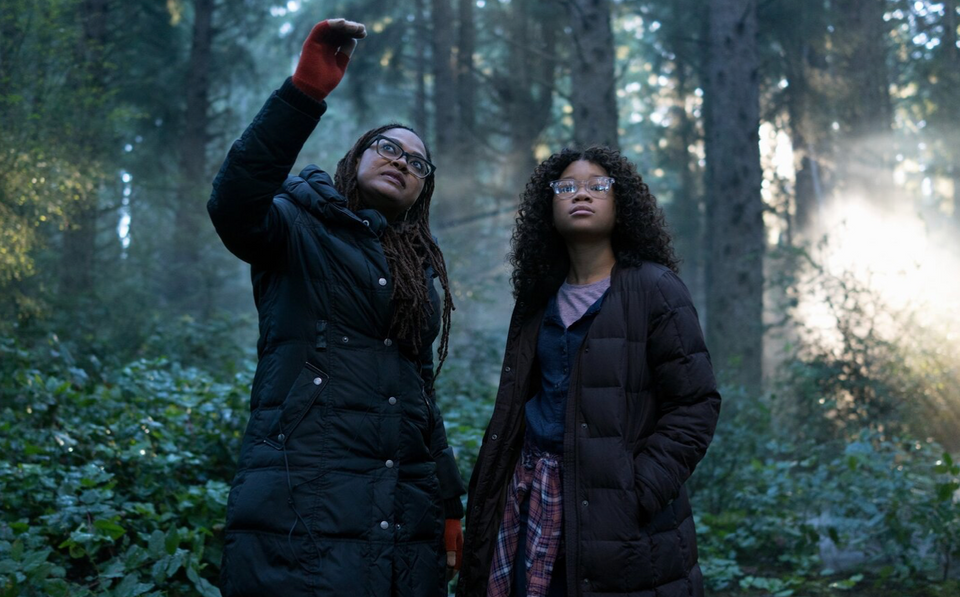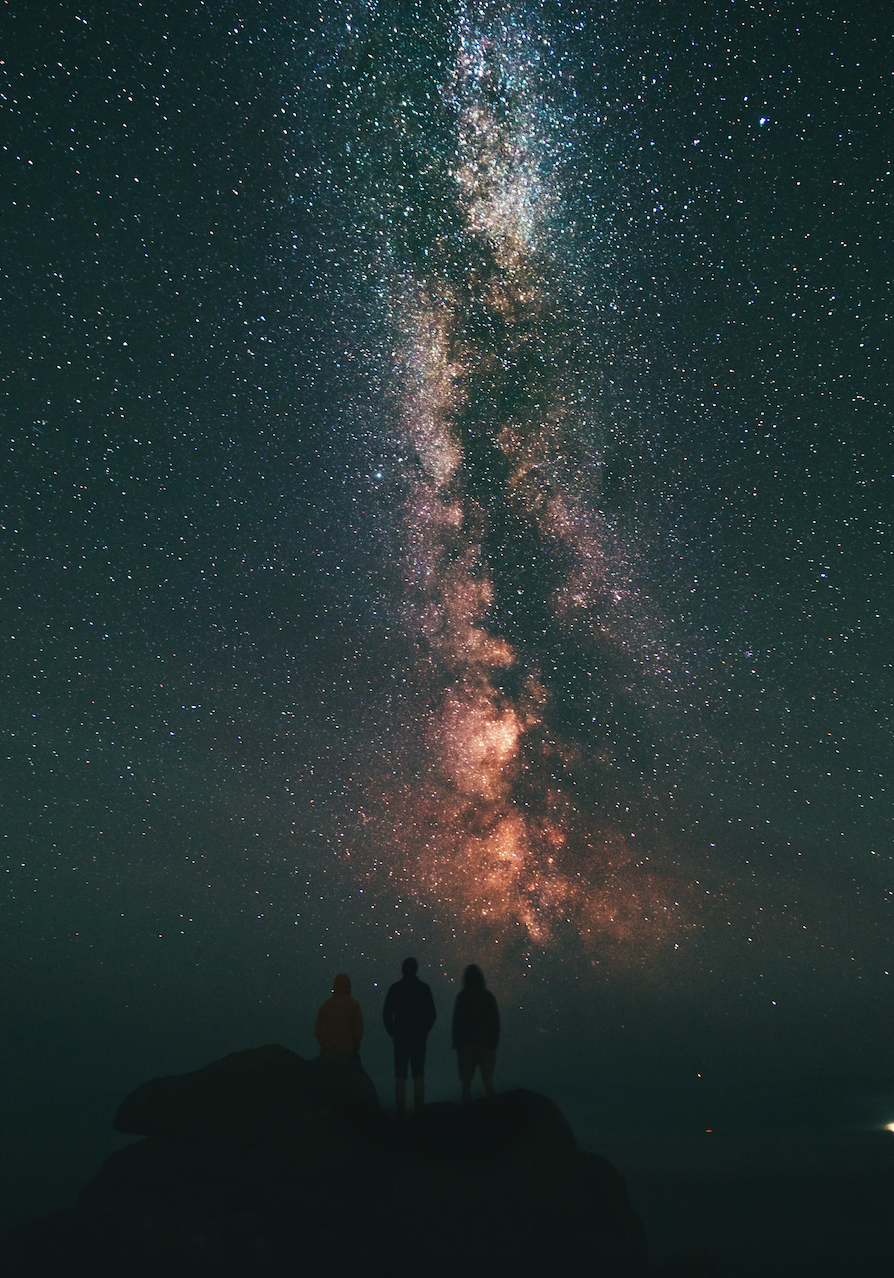If your walls start bleeding and screaming, call a priest. If you see a man in a hockey mask, run. Divide and conquer—also known as “let’s split up”—is inadvisable. If you wake up in a hospital and the nurse doesn’t answer your buzzes—welcome to the zombie apocalypse.
Horror movies have much to teach us: How we portray the inhuman tells us how we perceive the human. Monster stories emerge from dark and sewered portions of the communal imagination, oozing with meaning.
Take, for example, the zombie. In the 1930s and 40s the zombie was personified as a racialized voodoo slave (White Zombie and I Walked With a Zombie). In the Cold War/Space Race era, radiation zombies were the product of global nuclear disasters (Night of the Living Dead). Then during the early 2000s amidst fears of biological warfare, viral “zombies” made an appearance (28 Days Later). The zombie has evolved and mutated with us, reflecting our fears, our pathologies, our hopes, our outcasts—a generational Rorschach test.
One can summarize this as the “our monsters, ourselves” reading—the call to recognize the vampire, the zombie, the werewolf, the monster within us. Monsters provide a mirror for portions of ourselves we would rather forget. However, through the grotesque horror can “wake us up,” interrupt the communal lullaby. The cultural closet is packed to bursting with skeletons—horror opens the door and turns on the light. At its best, horror can startle us into true forms of humanity—providing a revelatory confrontation, an exorcism of idols, a cultural scarecrow for the common good. Watch Walking Dead, and behold the way of all flesh.
Historians know, in a different sense, that the dead walk among us. So the idea that horror films teach us something about who we are shouldn’t come as a surprise. But most such films are poor teachers. Sex-ed instructors don’t screen Friday the 13th to warn about the dangers of pre-marital sex, but any good sex-ed teacher (like Jason Voorhees) knows the only way to guarantee teenager abstinence is to kill them. And it’s not often we hear:
Q: “What happened to your homophobia, bro?”
A: “Well, I saw Nosferatu, and realized how my fear of death and cultural construct of masculinity lead me to scapegoat homosexuals.”
Highlighting monsters as social and historical metaphors might be the quickest way to make the horror genre even more predictable than it is—a cyclopean view that lacks depth perception. Social commentary isn’t what makes horror enjoyable, watchable, or even scary. Whenever I read this take on horror (especially in Christian circles) it tastes of the “it-turns-out-chocolate-is-good-for-our-hearts” sort of justification. Monsters are not baptized so easily. Zombies are scary not because they signify unthinking consumption or fascism, but because they are disgusting and are out to kill. To reduce our monster stories to the unveiling of human monstrosity—the warped collective unconscious—is to ram every horror movie into Pogo’s observation: “We have met the enemy, and he is us.”
This interpretation makes horror a mirror; I want to use it as a lens. Horror films make us better readers of Scripture; they can teach us something about God. But this is not an entirely new claim, either. Christianity has done theology in the catacombs before. Great horrors and darkness reveal how humans live with one another; reality resists our most reasonable theologies. What hath God to do with our monsters, our real-life horrors? In the novel Fourth Mansion by the forgotten novelist R.A. Lafferty, the character Patrick Croll says this:
“There is a holiness in a whole person or a whole world…The veriest monsters inside us may be sanctified. They were put there by Him who is “Father of Monsters” also. What right have we to cut them out of us? Who are we to edit God?…We cannot live without monsters’ blood coursing through us. Only to the whole person is life worth living and death worth dying…We must be whole or we must be nothing.”
The truly monstrous is always human. Even as the primary creators of the world’s horrors, humanity’s evil is still hieroglyphic—a darkness seen through a glass darkly. Mysteries to ourselves, real horrors unsettle our rational and tidy patterns for life. The monstrosities of life ensure coherence and wholeness is never a human creation. This is a real fear, that wholeness and meaning lay slain by the monsters of our own making and the faceless horrors of darkness. We give birth to monsters, but we can’t make sense of them and rarely can kill them. It’s like many horror movies, when the protagonists don’t know what the monster really is, let alone how to defeat it. All they can do is run, maybe survive.
This fear is human, even biblical. For example, Job stumbles into what looks like an existential dungeon run by God. In the pit of loss and darkness, Job invokes monsters—primordial agents of chaos—against Yahweh, the God who seemingly abandoned him (see Job 3). This is Job’s “I wish I was never born” moment, his It’s a Wonderful Life with a twist. He wants the monsters to destroy meaning; to make his life simply disappear. In the midst of this horror God speaks and “out-monsters” Job, his friends, and Job’s monsters.[1] It turns out that human wisdom was out of its weight-class. God scares Job out of his fear; God says “boo.” Those who thought they understood God and how God works find their theologies repudiated by the creator, by the sacred terror of God’s revelatory presence.
When we fashion God into a familiar simulation, the guarantor of our status quo or desires—that is when we are at our most monstrous. It is scary to have your identity threatened; it is horrifying to have your understanding of God threatened by God himself. In most horror movies monsters signal a human transgression. Desecrate a Native American gravesite and you get ghosts. Dump toxic waste and you get a ravenous monster. Chant a forbidden incantation, and you get ancient evil. Move to the suburbs and become a zombie. Monsters appear in response to human evil, and so does God. Horror teaches us about how God works. God looks like a monster while defeating our monsters. God’s undoing of us can look like a horror movie where the monster wins. In the whirlwind, God becomes strange and terrifying: fracturing our distortions, defeating our monsters, and we find our confusion and fury heard, held, transformed. God says “boo” to the beloved—attacking and undoing the nightmares of humanity’s own making.
Good horror doesn’t necessarily make us more socially aware; it makes us afraid and gives us nightmares. A horror film succeeds when our pupils dilate, our hearts quicken, we run home quicker, and the monsters meet us when we close our eyes. Horror makes reality strange, a little terrifying—unearthing buried primal fears, the anxiety about the gap between how we perceive life, and life itself.
Horrors’ frequent conceit: civilization is the mask and monstrosity is the reality. Monstrosity is the virus we forget we have. Colson Whitehead says about his zombie book, Zone One: “I tried to capture this elemental terror, of the familiar turned homicidal. A monster is a person who has stopped pretending.” Order is merely when evil is overlooked. This is why the documentary Gimme Shelter—not Night of the Living Dead—is the best horror movie of the 1960s. As Pat Oswald says: “The whole movie is shot inside the belly of a quivering, invisible demon—the 1960s, rotting in the sunshine of idealism and about to burst with flies.” The Rolling Stones concert at the Altamont Speedway in California—the sequel to Woodstock—is where the 60’s crawled off to die. A free concert convened in the name of “love, peace, and rock n’ roll” became an operatic bloodbath conducted by Mick Jagger and the Hell’s Angels.
These are the monsters that God defeats—our supposed order, our “gods-in-a-box,” the self-indulgent theologies, when we mistake cruel fantasies for love. R.A. Lafferty’s short story “Name of the Snake” tells the story of a Catholic priest who encounters an alien culture called the Analoi, a species claiming they are without sin. The priest discovers this:
There are the evil who are evil openly. There are the evil who hide their evil and deny that they are venomous. There are the ultimate evil who keep venom and change the Name of the Snake…The Analoi weren’t quite what they seemed. They had hid from themselves, and dealt in shadows…They had even changed the name of their nature…but they hadn’t changed their nature.
We are powerless before these self-made monsters. When God defeats idols, God’s love looks unfamiliar—a monstrous sort of grace. The monstrosity of humanity is overcome only through the shocking monstrosity of Christ on the cross. The light of Christ becomes a “ray of darkness,” the disruptive presence who reveals our controlling visions for the impoverished deceptions they are. God becomes unknown, so we may know him better, so we are free for a life of truth and love.
Film is the greatest monument America will ever build. Horror exists as part of that monument, the embodiment of our fears in high definition. Horror films can lead us to submit to fear rather than conquering or confronting it. The zombies’ decomposing flesh can help us forget and bury death just as much as they remind us of it. Watching horror will not make us better people, but it might make us better theologians. Horror re-imagines our monsters with more humanity, and our humanity with more of the monstrous. Just like Abel’s blood, they cry out, speaking truth. We learn that the defeat of real monsters takes more than awareness and that revelation is never liberating in and of itself. Only the uncontrollable God can put our monsters in their right place, because simply shining a light on something doesn’t make it go away.
[1] From Religion and Its Monsters by Timothy K. Beal.




